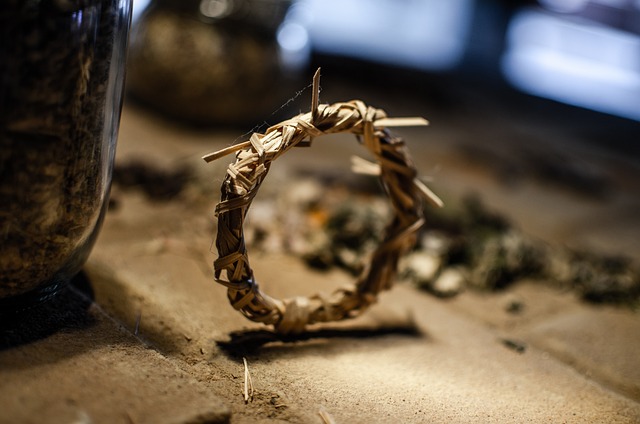Voodoo, also known as Vodou, Vodoun, or voodoo cult, is a complex religious practice that originated in West Africa and is now widely practiced in Haiti and other parts of the Caribbean. A central figure in this tradition is the voodoo priest, a spiritual leader who acts as a bridge between the physical and spiritual worlds. This article aims to explore the role and significance of a voodoo priest, debunking common misconceptions along the way.
The Role of a Voodoo Priest:
A voodoo priest, often referred to as a houngan (male) or mambo (female), plays a crucial role within the voodoo community. They are responsible for conducting ceremonies, rituals, and healing practices. These rituals involve various elements, such as dancing, chanting, drumming, and the use of symbolic objects like dolls, candles, and potions.
A Channel for Divine Communication:
One of the main responsibilities of a voodoo priest is to serve as a channel for divine communication. They believe that spirits, known as loa or lwa, can possess the priest during rituals. The priest then acts as the intermediary between these spirits and the voodoo community, relaying messages, offering guidance, and seeking solutions to problems.
Misconceptions and Stereotypes:
Voodoo has often been portrayed negatively in popular culture, leading to a number of misconceptions and stereotypes surrounding voodoo priests. It is important to separate fact from fiction in order to gain a better understanding of this ancient spiritual tradition.
1. Black Magic and Harmful Practices:
One of the biggest misunderstandings about voodoo priests is the belief that they engage in black magic and harmful practices. While it is true that some voodoo practitioners do use magic for various purposes, the majority focus on healing, protection, and spiritual growth. Black magic is not a central element of the voodoo faith.
2. Zombies and Voodoo Dolls:
Thanks to movies and folklore, the association between voodoo and zombies or voodoo dolls has become deeply ingrained in our imaginations. In reality, zombies and voodoo dolls are not integral parts of voodoo practices. These are sensationalized and exaggerated versions of what voodoo truly represents.
3. Animal Sacrifices:
Another misconception is the belief that voodoo priests regularly engage in animal sacrifices. While animal sacrifices can and do occur in certain rituals, they are not a common practice in everyday voodoo ceremonies. Animal sacrifice is seen as a way of offering gratitude and appeasing the spirits, rather than an act of cruelty or violence.
Ethical and Responsible Practice:
Voodoo priests undergo extensive training and apprenticeships to learn about the rituals, chants, dances, and herbal remedies that form the foundation of their practice. In addition to spiritual duties, they are often sought out for their healing abilities, using herbal medicine and energy work to restore balance and harmony.
Final Thoughts:
The role of a voodoo priest extends far beyond the misconceptions and stereotypes perpetuated by popular culture. Voodoo is a beautiful and complex spiritual tradition, deeply rooted in African and Caribbean culture. Voodoo priests are respected and revered members of their communities, serving as spiritual guides, healers, and advisors. By debunking the misconceptions surrounding voodoo and voodoo priests, we can gain a more accurate understanding and appreciation of this ancient spiritual practice.

